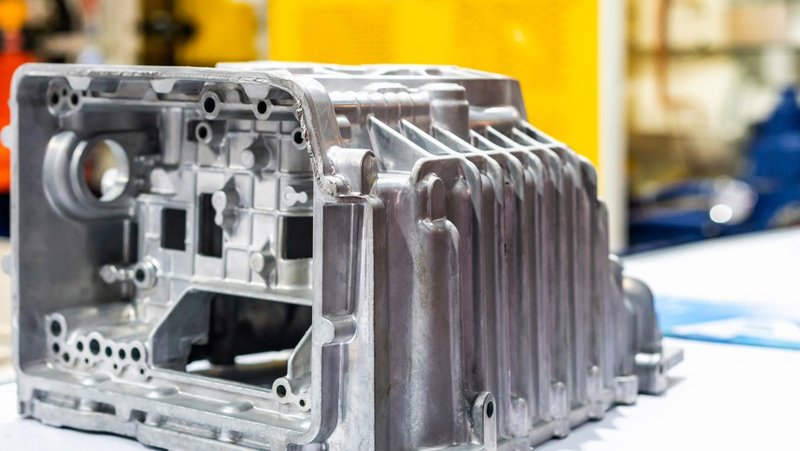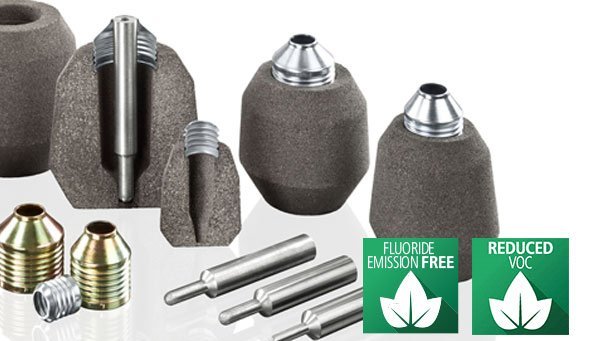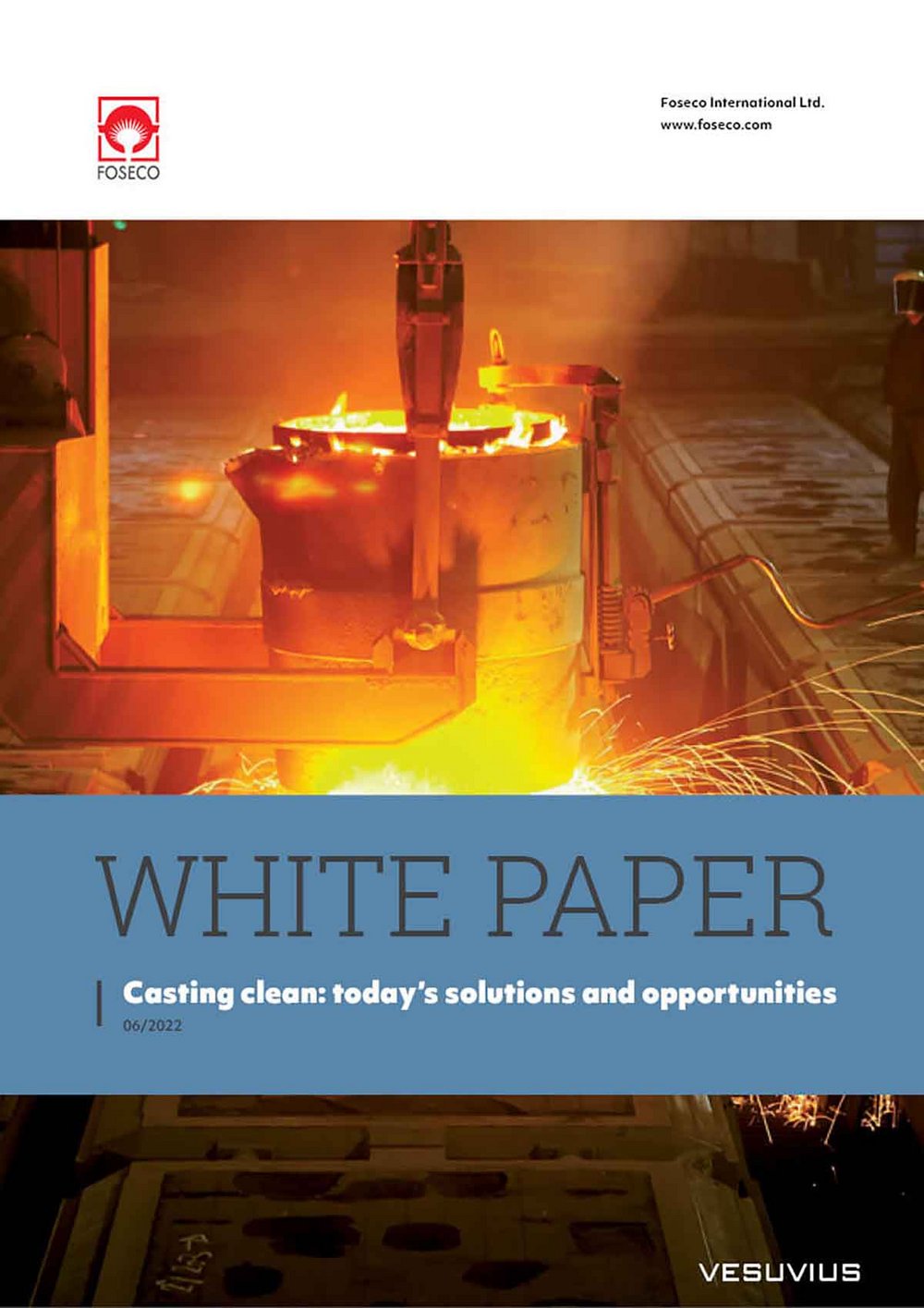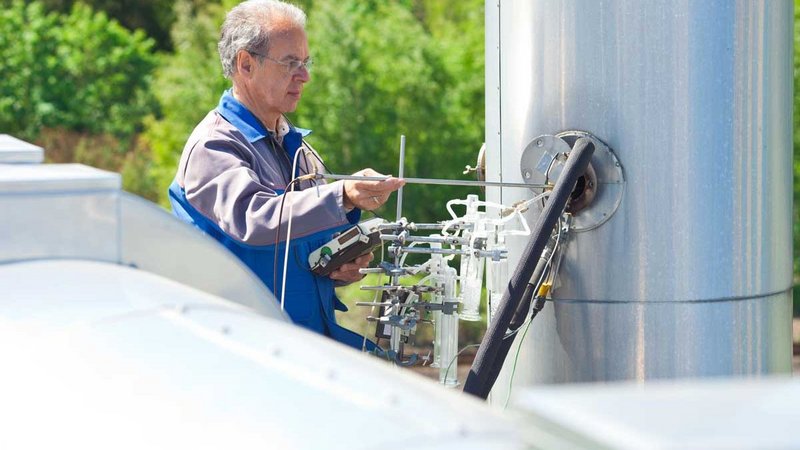
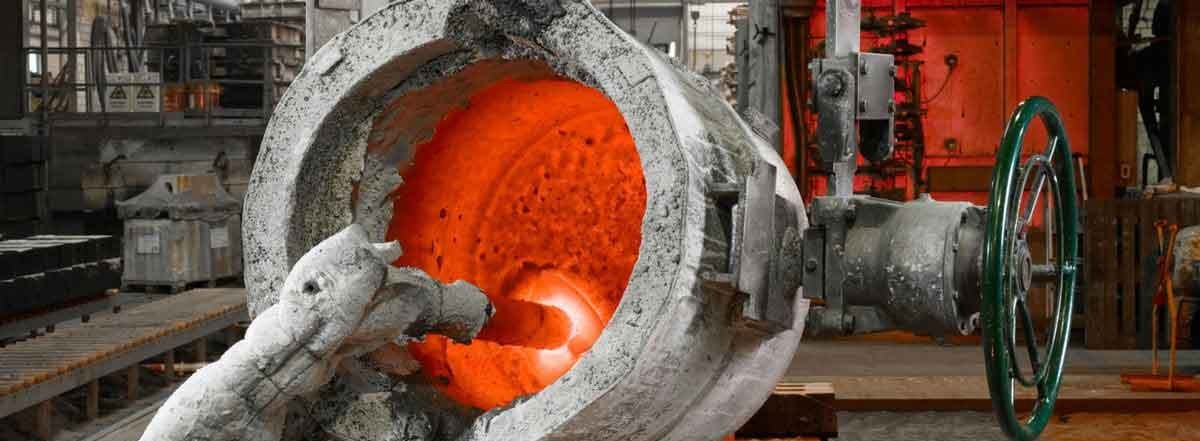
Casting clean steel: flow control
20 Feb 2024
Key takeaways
- Ensure a smooth, concentrated pour into the mould
- Prevent reoxidation
- Protect nozzles from erosion
What is flow control and why is it important?
Flow control covers the group of technologies available to mitigate turbulence in the melt stream as it is being poured into the mould. This includes stoppers and nozzles, as well as systems such as VAPEX FosFlow (more on which later).
Flow control can also be combined with filtration of the melt – for example, in the KALIPUR feeding sleeve. We deal specifically with filters in another blog in this series.
Flow control is important because a highly-turbulent melt raises the risk of reoxidation, undoing previous work to degas the melt (which we talk about in more detail here) and causing inclusions. Turbulent pours also can result in the erosion of the nozzles into the melt, another cause of inclusion defects.
Free white paper
For more on the different types of common steel casting defects, check out our white paper
The clean steel challenge
Steel casters work daily to eliminate a wide range of common casting defects. In this series of blogs, we are considering some of the solutions available to foundries that allow them to do so. Here, we consider the importance flow control.
Learn more about the impact of common casting defects in the first blog in this series.
Bottom pour ladles: a challenging pour
Bottom pour ladles have a number of advantages over other ladle types, such as lip pour and t-pot ladles. These include shorter casting time and lower maintenance requirements, as well as the ability to gas purge and minimise ingress of slag into the melt stream (these latter two being important for clean casting). However, bottom pour ladles are also prone to turbulence in the pour, which makes the selection of appropriate stoppers and nozzles essential.
The VISO and VAPEX ranges of stoppers and nozzles from Foseco offer excellent flow control for a range of steel foundry applications. Unlike traditional nozzles, VISO and VAPEX nozzles are also available as multiple-use products, with operating lives similar to the related stoppers. They therefore support a safer work environment, less stock requirements and higher productivity.
The VAPEX FOSLOW nozzle system is the latest advance to the range, and allows foundries to more easily change nozzle diameter – even when the ladle is full. This makes it possible to ensure that optimum flow control is in place for each casting.
Protecting the pour: HOLLOTEX Shroud
Another method to prevent reoxidation is to protect the melt stream from exposure to air – which is the idea behind the Foseco HOLLOTEX shroud.
The HOLLOTEX shroud consists of a VAPEX nozzle with hemispherical outlet, seamless sealing gasket, and a VISO pouring shroud. It is positioned in the mould, and raised to the ladle nozzle using a mechanical bayonet lifting system; it then locks in place, forming a seal between the nozzle and shroud. The bottom of the shroud protrudes into a filter box, located at the base of the mould.
Pour control: a critical stop
Since the products of reoxidation account for the vast majority of inclusion defects in as-cast steel pieces, controlling the pour is an area of the casting process that should not be overlooked.
The solutions mentioned in this blog can make a significant difference when it comes to casting clean. Ultimately, however, selection of the appropriate solutions will depend on your specific foundry conditions and casting application. Expert advice will assist in formulating process-specific strategies for optimal results.
You can also discover more about common steel casting defects and the solutions available to prevent them in our white paper: Casting clean steel: today’s solutions and opportunities.


